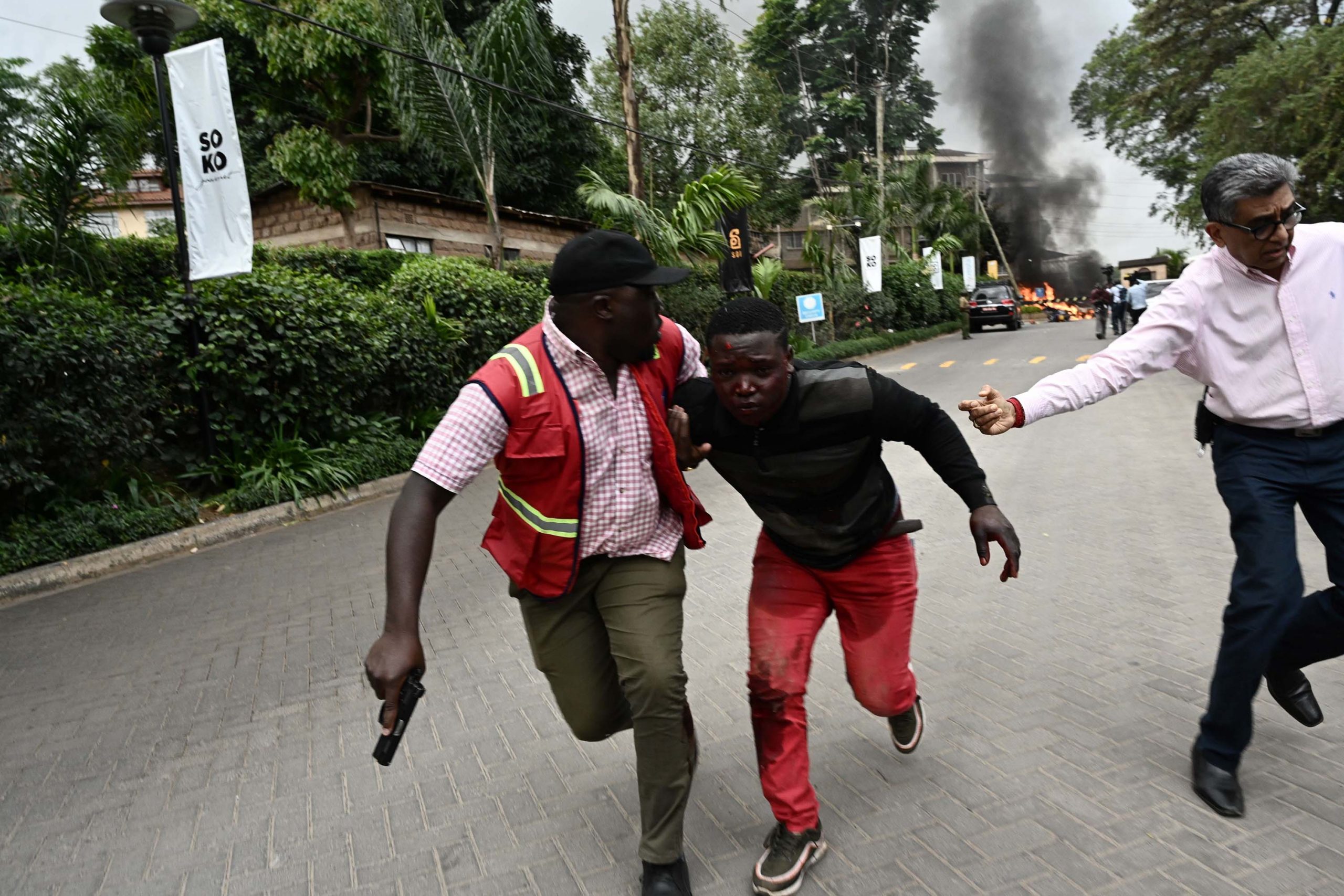Lessons from Nairobi attack in successful projects execution
Life’s lessons come in many ways, some extraordinarily simple, others a lot more complex and subtle.
The Nairobi January 15 Dusit terror attack in which 21 innocent people were meaninglessly killed by six individuals who had no value for life provides lessons in both simple and subtle ways.
Some of my team members, a number of guests and I survived the attack at the Msingi offices on the first floor of the building directly opposite dusitD2 Hotel. Ten of my colleagues had just returned from a rather unremarkable lunch given the standards we are used to at the hotel when the first explosion rent the air.
Some of the quick-witted scampered for safety through the rear exit on the floor but many of us were trapped and cowered in the premises until we were rescued around 3am in the morning.
The rescue was very well executed. In fact, on review, the entire response was very methodical. The rapidity with which the early responders moved followed by the police specialised unit, the Recce squad, and other elite forces was very professionally executed.
Similarly flawless was the coordination and movement from floor to floor, building to building, getting out the scared and trapped survivors while engaging the terrorists.
Less time collecting water means more time in class. Clean water and proper toilets at school means teenage girls don’t have to stay home for a week out of every month
Outside, the counsellors, led by the Kenya Red Cross, reassured panicked individuals that all was well and the nightmare was soon to be over. Those that needed further care were swiftly ferried to hospitals for comprehensive care.
It was an operation that saw more than 700 people rescued, avoiding what was surely going to be a diabolically planned bloodbath.
Simple learning
And therein lies what I consider a key simple learning: it is always possible to achieve good outcomes if all the parts that are charged with responsibilities are allowed to play their part.
If this basic fact was applied in the hundreds of plans and projects being executed by governments, corporations and other development agencies across the region with the objective of “achieving development”, a tremendous amount of progress and real, tangible positive social change could be realised faster.
But such is the haphazard nature of project implementation that despite elaborate development plans allocated billions of shillings across ministries, departments and specialised organisations, yearly audits reveal extreme wastage, sloth and incompetence.
Planning, reviewing and monitoring meetings turn out to be nothing more than forums for repetitive fault-finding, blame apportioning and postponements.
Almost always, funds will be wasted, stolen or returned to Treasury (or to donor agencies) while the interventions intended to improve the lives of wananchi directly or provide them with a means to haul themselves out of poverty are archived as unsuccessful experiments!
These repeated failings to execute plans whose logical steps are clear speaks to the other lesson discernible in the Dusit terror attack – the very witting contribution that the poor execution of plans is making to create the human weapons unleashing terror on everyone else.
It is a well-documented fact that one of the really explosive challenges that governments in the East African region face is youth unemployment.
The Kenya National Bureau of Statistics reported that in 2018, seven million Kenyans were unemployed, with 1.4 million of them described as “desperately seeking jobs”. A reasonable guesstimate is that more than 75 percent of these are youths, who annually increase the unemployed numbers by about one million!
Existential threat
Overall, Africa needs to create 10-12 million jobs a year while it is currently managing only 3.7 million, and most of those in the informal sectors.
These are sobering statistics that are at the heart of a statement made by President Uhuru Kenyatta that: “the crisis of mass youth unemployment… is a crisis so serious as to amount to a fundamental, existential threat as well”.
Existential yes, because the desperation of these young boys and girls have made them an easy prey for terrorist recruiters. These come to the poor and not-so-poor neighbourhoods in East Africa’s towns and find these young people on the verge of losing hope and lure them with promises and good incomes and meaningful life if they convert to their teachings and belief.
The recruiters will also find them online where the youth are increasingly finding solace in chatrooms crawling with ill-intentioned human beings.
In many ways, online recruitment is now the preferred option because it provides anonymity and enhances the aura of exoticism. Once recruited, it is a one-way trip to brainwashing, radicalisation and deployment to dusitD2, Westgate, El Adde, or a university in Garissa or elsewhere.
The simple and subtle lessons from the 14 Riverside attack demonstrate how proper coordination and execution of (development) projects can trigger outcomes that will ensure success in achieving social development goals, wealth creation and prosperity.
The roles of each actor in the rescue operation was well known and the boundaries were respected, if only we could learn this small lesson and apply it to the multiple projects, we could achieve a 30-40 percent efficiency, deliver projects on time and within budget.
Aggie Asiimwe Konde is the CEO of Msingi, an East African development agency based in Nairobi, Kenya. aggie.asiimwe@msinig.com; @AggieKonde


